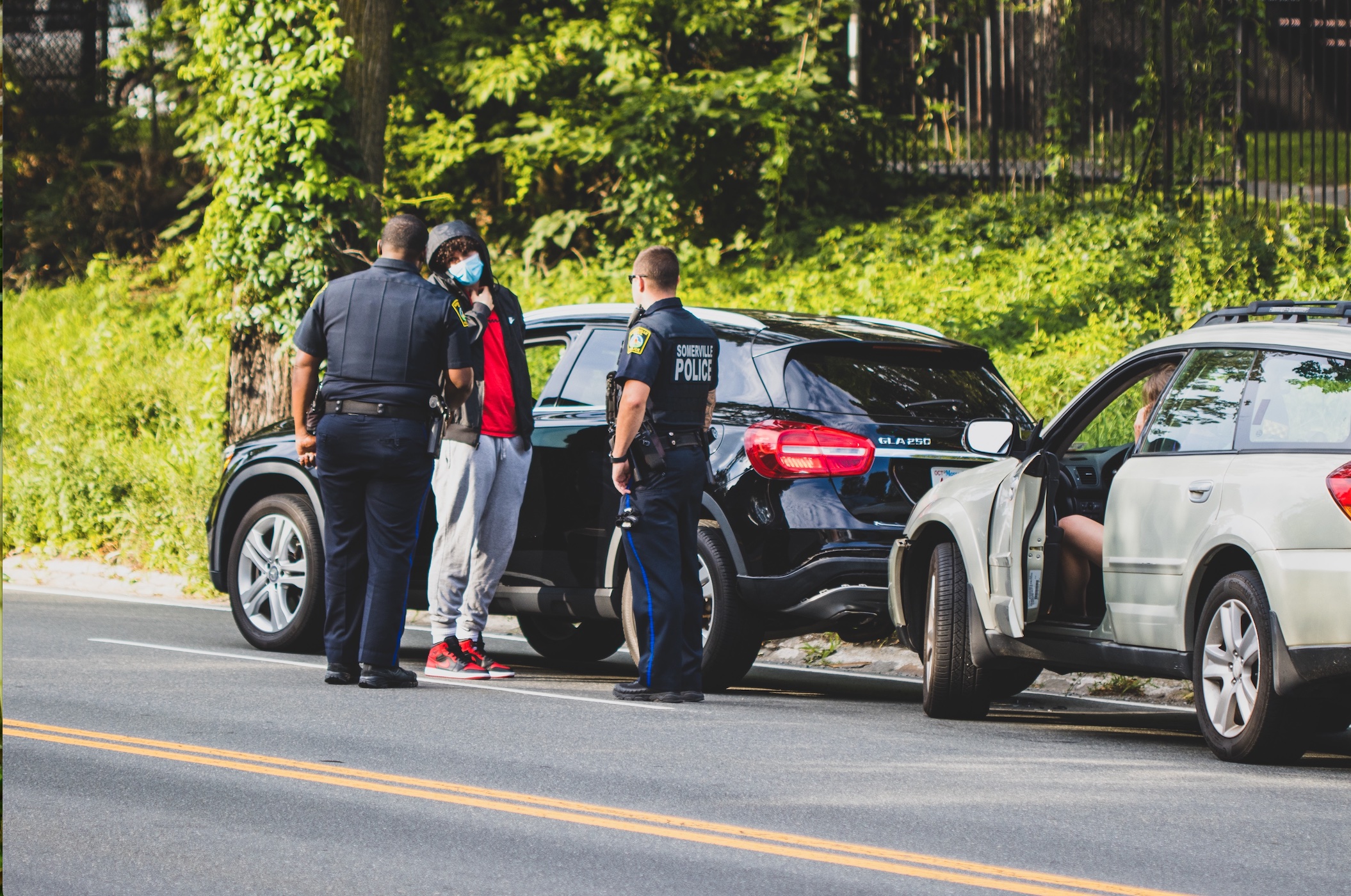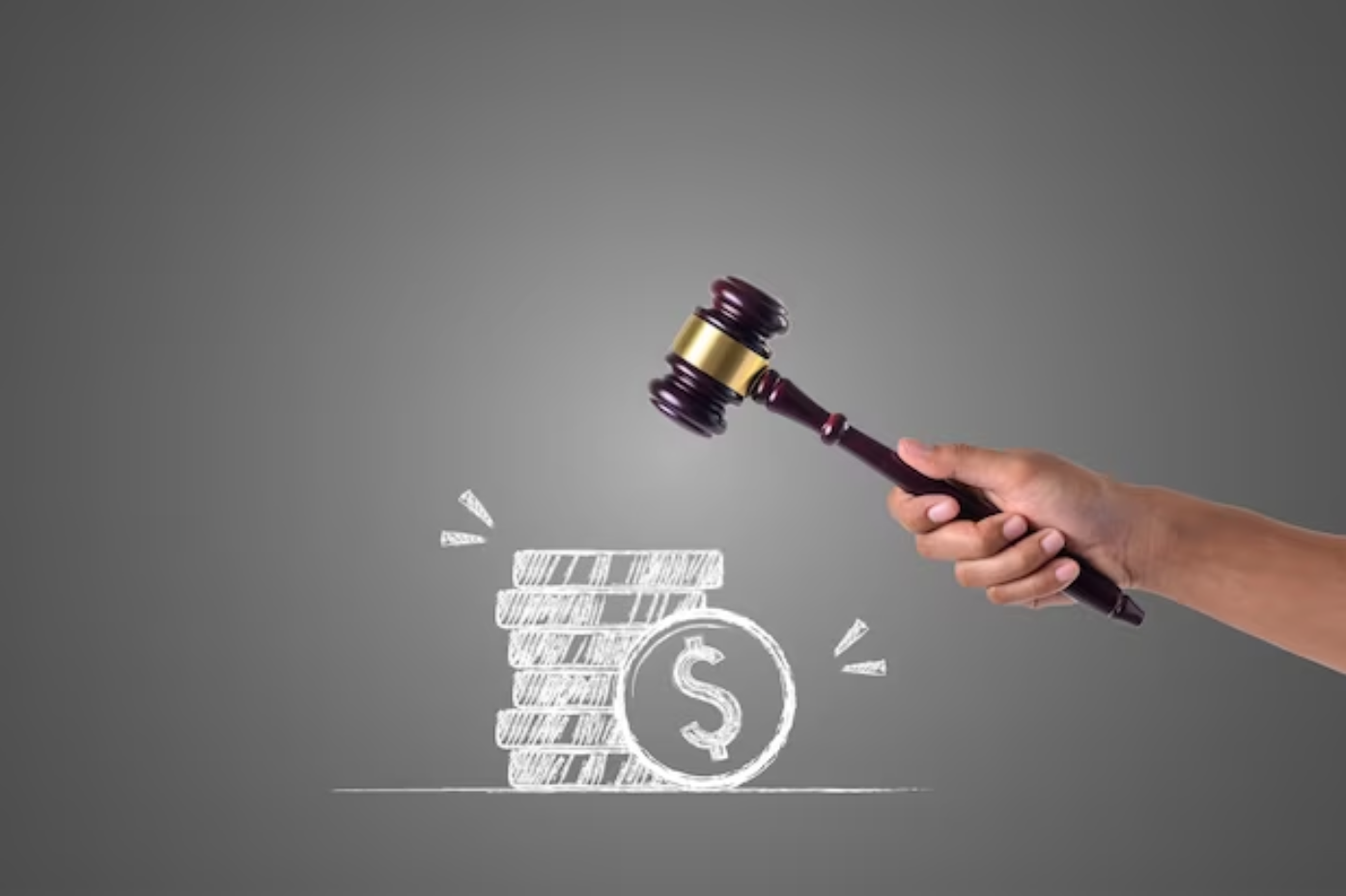The whole case of a car accident relies on proving the fault of another driver.
Accidents can be traumatizing in physical as well as psychological ways. New Jersey alone witnesses over 200,000 car accidents each year, out of which more than 500 result in casualties. While no amount of money can undo the aftermath of a car accident, it certainly can compensate for the damages incurred.
You can drag the driver at fault to the courtroom and file a claim for compensation against the damages. You might want to hire a seasoned lawyer to help you out. Visit njpa-law.com now to reach the best car accident lawyer in town.
Determining who is at fault for the accident
The whole case of a car accident relies on proving the fault of another driver. Usually, a car accident occurs when either a driver or a pedestrian fails to yield the right of way.
You could legally secure compensation if you establish that the other driver was solely responsible for causing the accident. However, in some cases, a third party could also be held accountable for causing the accident.
Understanding what is comparative negligence
There may be times when all the parties involved in an accident are partially responsible for causing the accident. In such cases, the comparative negligence or contributory negligence rule comes into effect.
- Some states do not allow plaintiffs to pursue compensation claims if they are partially responsible for causing the accident, i.e., in case of contributory negligence.
- If you live in a state that allows comparative negligence, you can pursue compensation even though you were partly responsible for the accident.
- If you live in a state that allows pure comparative fault, you can pursue a compensation claim despite being primarily at fault.
- Whereas, if you live in a state with modified comparative service, you can only pursue compensation if your responsibility for causing the accident is less than 50%.
How to prove fault in case of a car accident

While a lot goes into proving that another driver was at fault for causing the accident, you must prove the following before the law to be eligible for the compensation.
- The other driver was not reasonably cautious while driving.
- The other driver could not fulfill his duties and caused the accident.
- You sustained injuries and damages due to the accident, which is why you are entitled to compensation.
If you successfully prove the above, you can secure compensation from the defendant, the defendant’s insurance company, or the defendant’s employer if the defendant was performing his duties.


Join the conversation!